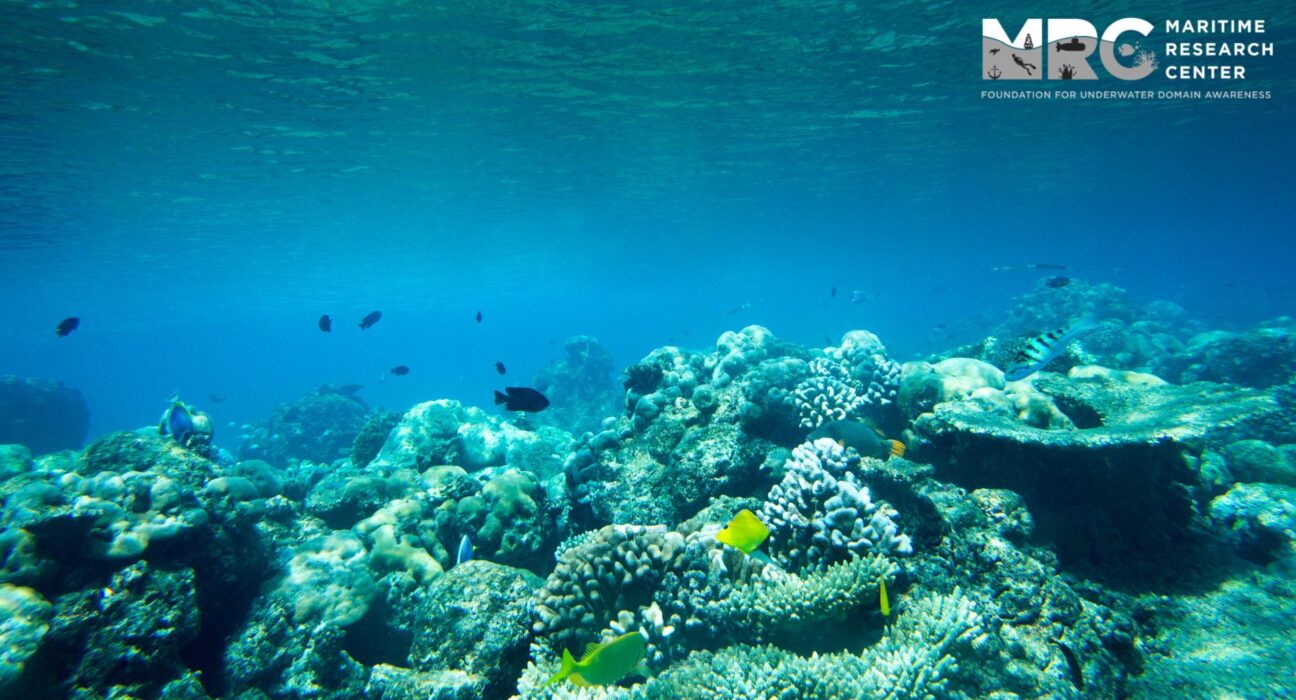- China has worked assiduously to change maritime geography through force and cartographic manipulation. This started with its excessive claims in the South China Sea.
- Monitoring the South China Sea has become necessary for China, the USA, and the regional players, many of whom conflict with China on the issue of the extent of the Exclusive Economic Zone (EEZ).
- The most recent sighting of a Jin-class nuclear submarine in the Taiwan Straits indicates the complexities of the underwater environment worldwide, notably in narrow waterways and contested areas.
- The most recent sighting of a Jin-class nuclear submarine in the Taiwan Straits indicates the complexities of the underwater environment worldwide, notably in narrow waterways and contested areas.
- India has enormous interests in the events in the South China Sea and the Pacific, as those events impact India’s readiness and posturing in that region.
- China has accused the USA of nuclearising the Pacific, ignoring the fact that it has a nuclear arsenal that is threatening regional peace and balance.
The concept of Indo-Pacific has slowly and steadily occupied centre stage in international geopolitics and strategy. There are no illusions about the nature of power play in this region due to competition for space and influence. China has tried to work assiduously to change maritime geography through force and cartographic manipulation. This started with the excessive claims made by China in the South China Sea (SCS) [i] using the nine-dash line that apparently contained all the sea space that China needed to protect its strategic and commercial interests. Progressively, it built artificial Islands to augment its all-around capability beyond the first and second lines of defence.
The USA, on its power with envious global reach and influence, has been taking measures to challenge the ascendency of China in the region. The power play is accentuated in the maritime domain due to the ease of operating in the global commons and territorial waters.
The use of maritime militia [ii] on the fishing fleets, notably against the Philippines, has unnerved other maritime neighbours who need to be equipped to challenge the maritime might of China.
The USA has used the FONOPs [iii] to keep its pressure on China by conducting regular sea patrols in the South China Sea. These missions would invariably be used for data collection using passive and active sensors on all platforms. The data thus collected would be used to optimize sensor/weapon performance, stealth missions, and deployment of submarines and UUVs. China has likewise deployed many missions in its areas of interest. The notable deployment is in the Taiwan Straits, with the stated objective of unifying Taiwan by hook or crook. The mapping of the depths is of great strategic significance to the players in the region. Such surveys have also been of great importance in terms of securing food and energy security in the backdrop of dwindling resources.
There have been reports of mishaps/sightings underwater. The most recent sighting of a Jin-class nuclear submarine in the Taiwan straits indicates the complexities of the underwater environment in different parts of the world, notably in narrow waterways and contested areas [iv]. These occurrences highlight the ongoing nature of contestation for enhancing underwater domain awareness, essential during peace and hostilities short of war.
The USA has had the advantage of maintaining an underwater surveillance system to monitor the movement of submarines during the Cold War with the use of SOSUS. Going back to the days of the Cold War, one is reminded of the underwater sensors used regularly to keep track of SSNs and SSBNs of the Soviet Union during the Cold War. It is possible that updated sensors would now be used in the Pacific as the USA and China are engaged in the area with overlapping interests.
That technology from the Cold War period lends itself to refinement and upgradation to use modern sensors and methods to keep the areas of interest under surveillance. The use of unmanned underwater vessels (UUVs) while minimizing the use of humans and the loss of trained crew in the event of an accident has added a new dimension to underwater warfare, which could be termed the silent wars below the sea surface.
From the Chinese side, there are reports that it has replicated the Great Chinese Wall on the land along the first line of defence to create an underwater wall. The Chinese have also invested heavily in dual-purpose research vessels, numbering around 64 vessels of different sizes and capabilities. These are routinely deployed for tracking missile/space programmes and gathering invaluable underwater data through its sensors and deploying UAVs (underwater autonomous vessels).
Another critical aspect of underwater domain awareness has a lot to do with the connectivity paradigm, which is driven by submarine cables. The worldwide web (www) and all that happens in the digital world is sustained by the crisscrossing submarine cables that connect continents, cities, and hubs. The world as a whole has been transformed into a digital globe with the acceleration of technology for managing the Internet of Things (IoT). These continue to be vulnerable both during peace and war-like situations. The terrorists’ scheme to disrupt communications and create chaos would definitely be identifying vulnerabilities of the submarine cables, which can be damaged by explosives, underwater robots, and even frogmen who can use special devices to cause damage to the networks underwater.
The happenings in the Indo-Pacific have influenced and redrawn the geo-strategic contours of power play. In the underwater domain, the formation of the AUKUS [vi]with three major players, namely the USA, Australia and the UK, has added to the challenges in the depths of the Pacific as AUKUS is all about militarization with a nuclear triad of the countries who are investing in the nuclear submarines. Some recent developments will complicate the underwater picture even more as another alliance, including the USA, Japan, South Korea, and Australia, is taking shape. China has accused the USA of nuclearising the Pacific, ignoring the fact that it has a nuclear arsenal that is threatening regional peace and balance.
The Search and Rescue arrangements and the existing architecture were tested when the MH-370 went down. Unfortunately, the vast areas and the gaps in the tracking of commercial aircraft when they are flying over vast stretches of water were laid bare with the MH 370 that vanished without a trace. Even ten years after its disappearance, there is no clue as to what caused it, which indicates the lack of understanding of the vast ocean space and what lies beneath it. New methods are being explored to locate the wreckage and establish the cause of the accident[vii].
The linked extension of SAR is the Humanitarian Aid and Disaster Relief, a common mission of the naval forces in the Indo-Pacific. While these mostly are codified, rehearsed, and in place, there is little when it comes to underwater rescue. The submarines of the regional navies depend on the Submarine Rescue Vessels SRVs) in an emergency. The cooperation amongst navies of the region increasingly examines how underwater rescue can be initiated in a coordinated manner based on the exercises conducted to establish interoperability and SOPS for contingencies. In this context, it is relevant to mention that the Indian Navy has been upgrading its capability for such missions[viii].
While some of the work has been done in the past, earmarking budgets for R&D and collaboration with S&T establishments would hold the key to ensuring that India is not left behind in its quest for development based on the oceans.

Commodore RS Vasan IN (Retd), DG C3S and RD NMF Tamil Nadu
About Author
Commodore RS Vasan IN (Retd) is a former Indian Navy officer and current Director of the Chennai Centre for China Studies (C3S). He also serves as the Regional Director of the National Maritime Foundation (NMF) in Tamil Nadu. He is also the Head of Strategy and Security Studies at the Centre for Asia Studies in Chennai. Commodore Vasan’s areas of study include maritime security, counter-terrorism, Indo-Pacific, neighborhood policies, and maritime dynamics in the IOR, China, blue economy, and ocean governance.


